Austin-Healey’s Sprite is bugeyed, brilliant, and very much within reach
In the 1950s, as America’s cars grew ever larger and chrome became the national color, Englishman Donald Healey saw an opportunity. He was convinced Americans, still glowing with postwar optimism, were ready to buy small British sports cars in real numbers.
A partnership with Nash Motors in Wisconsin bore the Nash-Healey in 1951, and the following year, Donald Healey debuted his own Healey 100 at the British International Motor Show. Named for its top speed, the two-seat roadster caught the eye of Austin’s chief, Leonard Lord, and a deal went down. The Donald Healey Motor Company Ltd. would be responsible for development and design, and Austin would handle production and sales.
The Austin-Healey 100 evolved into the 100-6 and eventually the 3000. Each was more affordable than a Jag or Aston, but they were still too expensive for many young enthusiasts with B-road fantasies. So in 1958, Healey created the smaller, more affordable Sprite. Only 53 inches wide and 137 inches long, it cost $1795.

The spartan Mk I Sprite has no windows, exterior door handles, or bumpers. Its hood and fenders are one piece, and its soft top and side curtains are an Erector Set. There’s no trunk. And the headlights are inelegantly affixed to the hood, which earned the car the moniker “Frogeye” in the old country and “Bugeye” in the States.
In an August 1958 story, Road & Track appreciated the Sprite’s innovative unitized construction and interior room (“more than in the MGA”) but wasn’t in love with its look: “… It is obvious that BMC does not follow GM’s practice of allowing its artists to relieve their frustrations by styling sports cars.”
The Sprite’s 948-cc overhead-valve four-cylinder, four-speed gearbox, independent front suspension, rack-and-pinion steering, and rear axle were borrowed from the Austin A35 parts bin. Twin SU carburetors increased power, requiring stronger valve springs and new bearings, while the trailing-link rear suspension used unique quarter-elliptical springs.
You wouldn’t think 48 horsepower, a 0–60 mph time of 20.8 seconds, and an 80-mph top speed would draw praise, but R&T was impressed by its “surprisingly good performance.” Motor Trend’s editors liked the Sprite’s “willing” engine, which revved to 6000 rpm, and its tossability. “Just the slightest trace of oversteer at high speeds helps break the rear end loose and the resulting slide is easily controlled. Exceptionally flat cornering lends a feeling of security.”

Nearly 50,000 Mk I Sprites sold before the more usable Mk II came along for 1962, with its conventional front-end design, opening trunk, and hedonistic 50 horsepower. The roadster’s quirky bug eyes were gone, and its fenders no longer lifted with the hood. The following year brought a larger 1098-cc engine with 55 horsepower and a stronger synchromesh transmission to handle the additional power. Torque jumped from 52 lb-ft to 61 lb-ft. These cars are commonly referred to as Sprite 1100s.
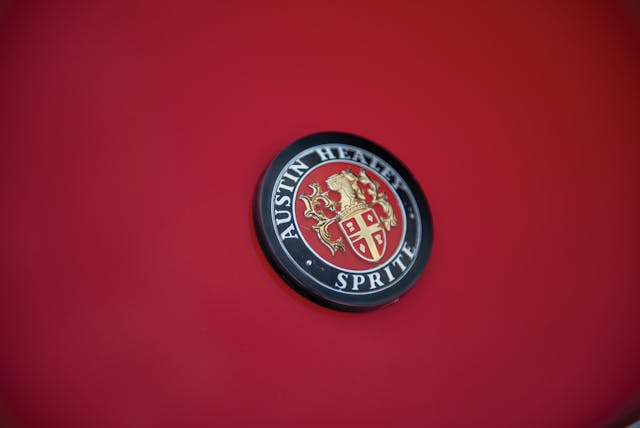
In 1964, the Mk III arrived, with a fancy new dash, roll-up windows, exterior door handles, and optional wire wheels. Two years later, the Mk IV debuted with the 65-hp, 1275-cc engine from the Mini Cooper. Sprites graced our shores until 1969.
Donald Healey was right: Americans did want small affordable British sports cars, and we still do. And though the Bugeye Sprite tops the desirability charts, any Sprite from the production range makes for a fun, cheap ride. That’s as true then as it is now.
1960 Austin-Healey Sprite
Engine: I-4, 948 cc/58 cid
Power: 45 hp @ 5000 rpm
Torque: 52 lb-ft @ 3300 rpm
Weight: 1460 lb
0–60 mph: 20.8 sec
Top speed 80 mph
Price when new: $1795
Hagerty #3-condition value: $11,500–$16,200


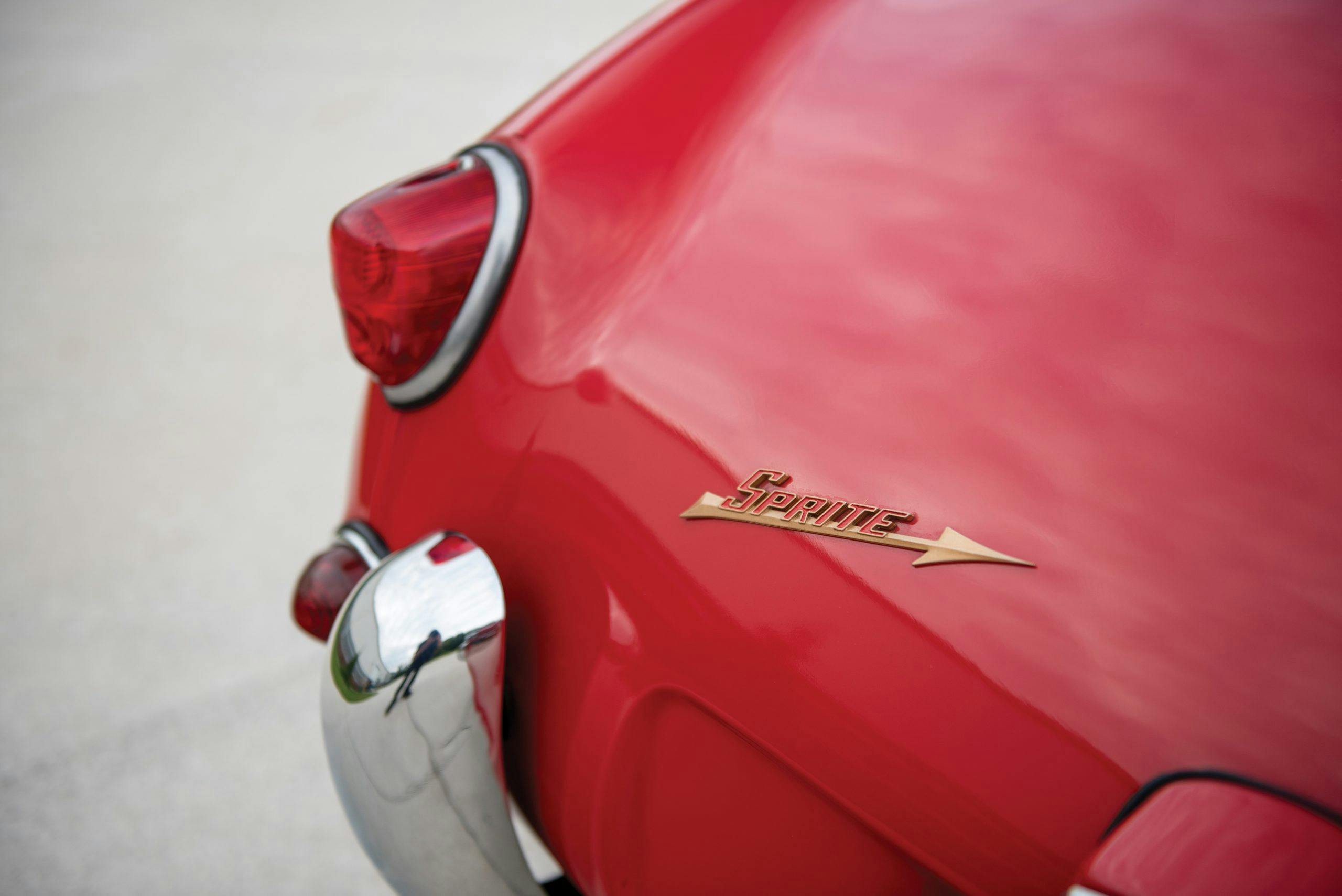
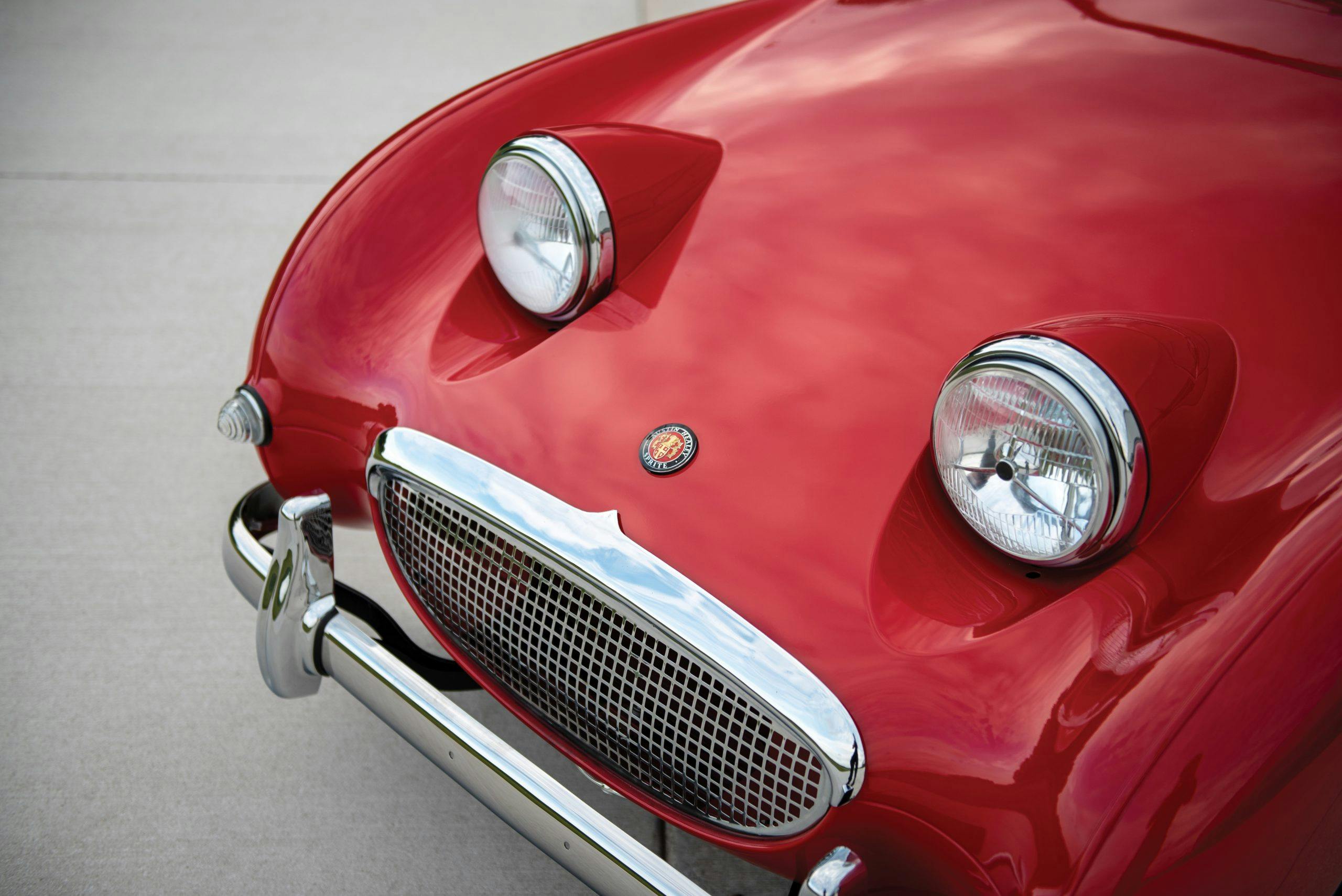
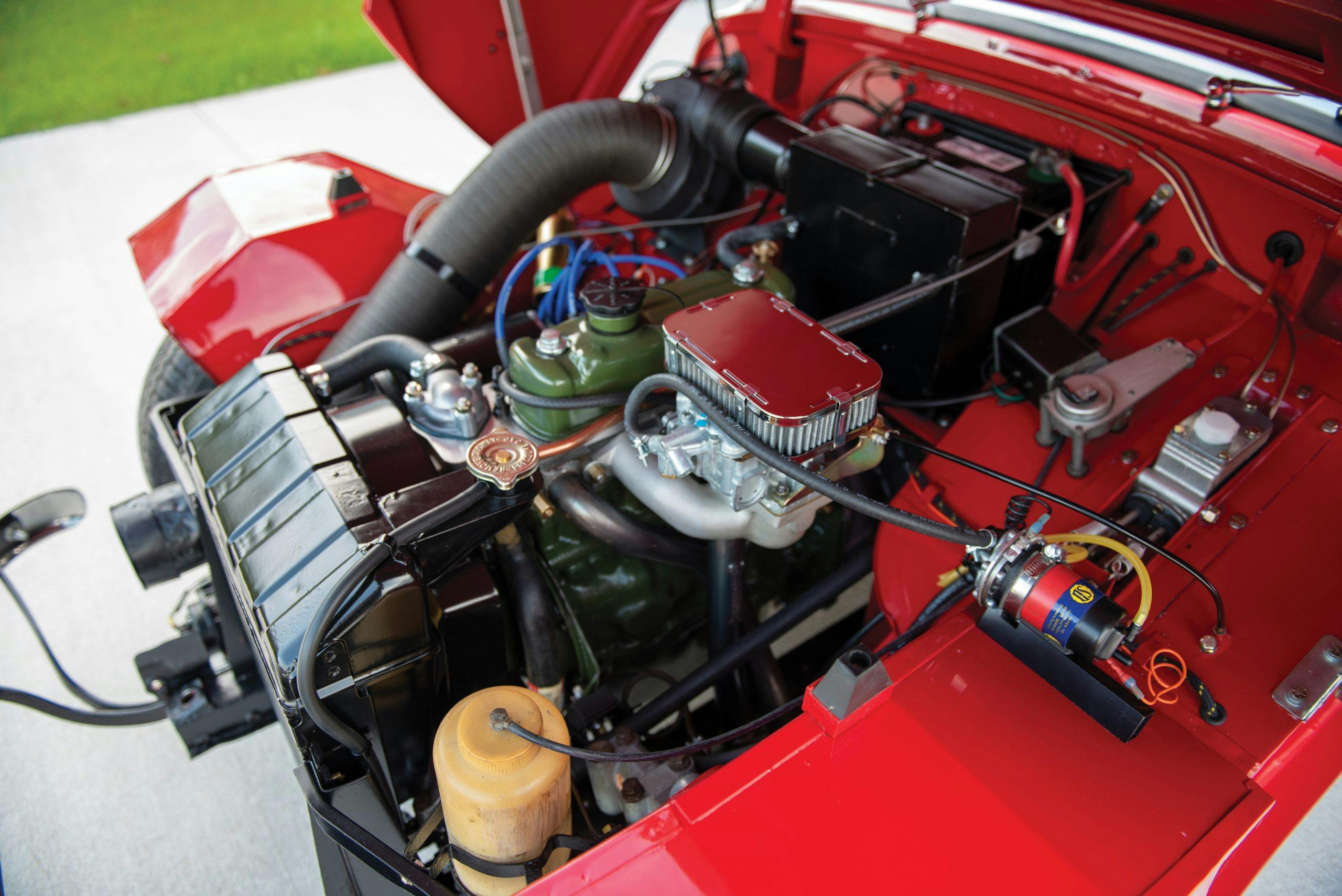
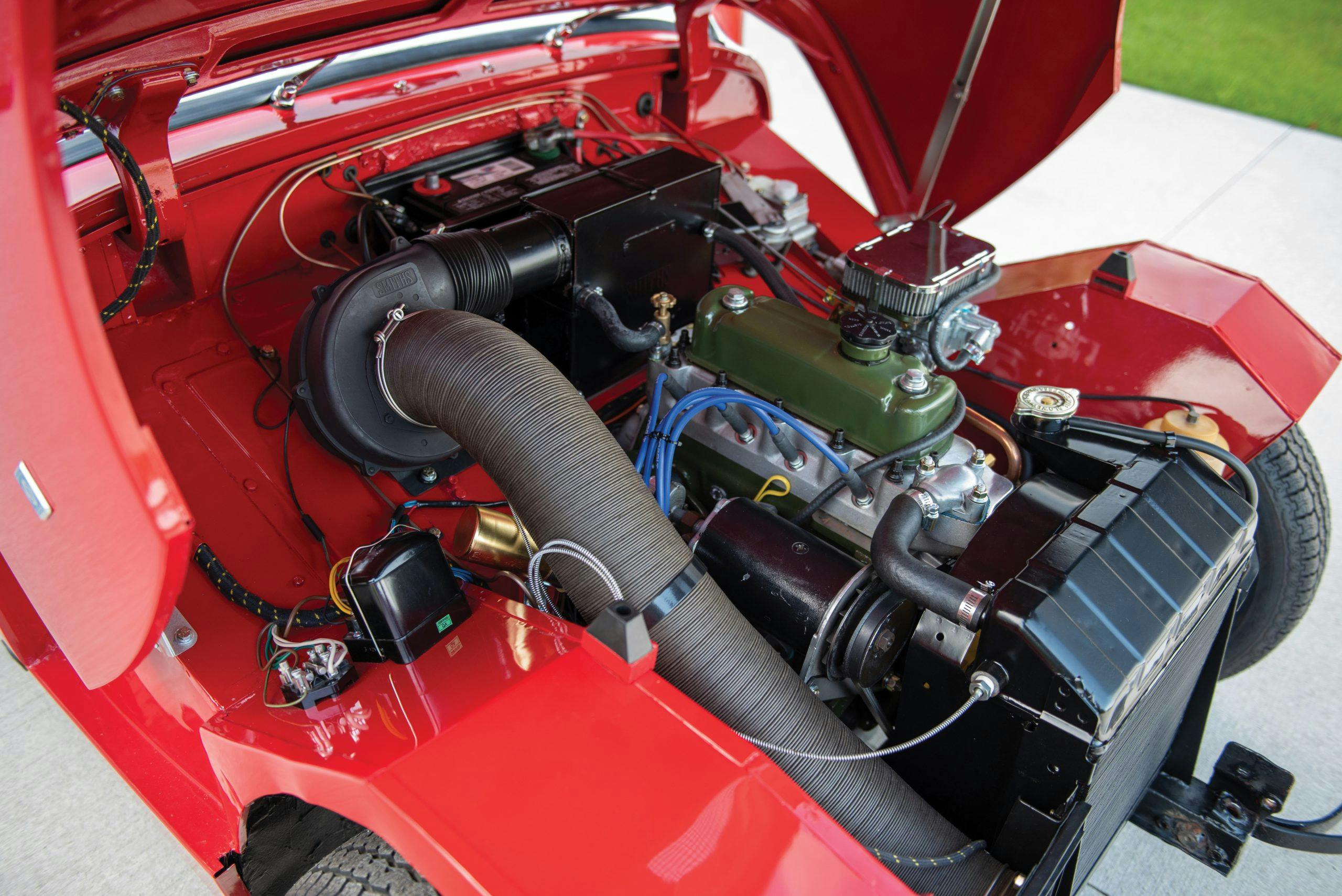
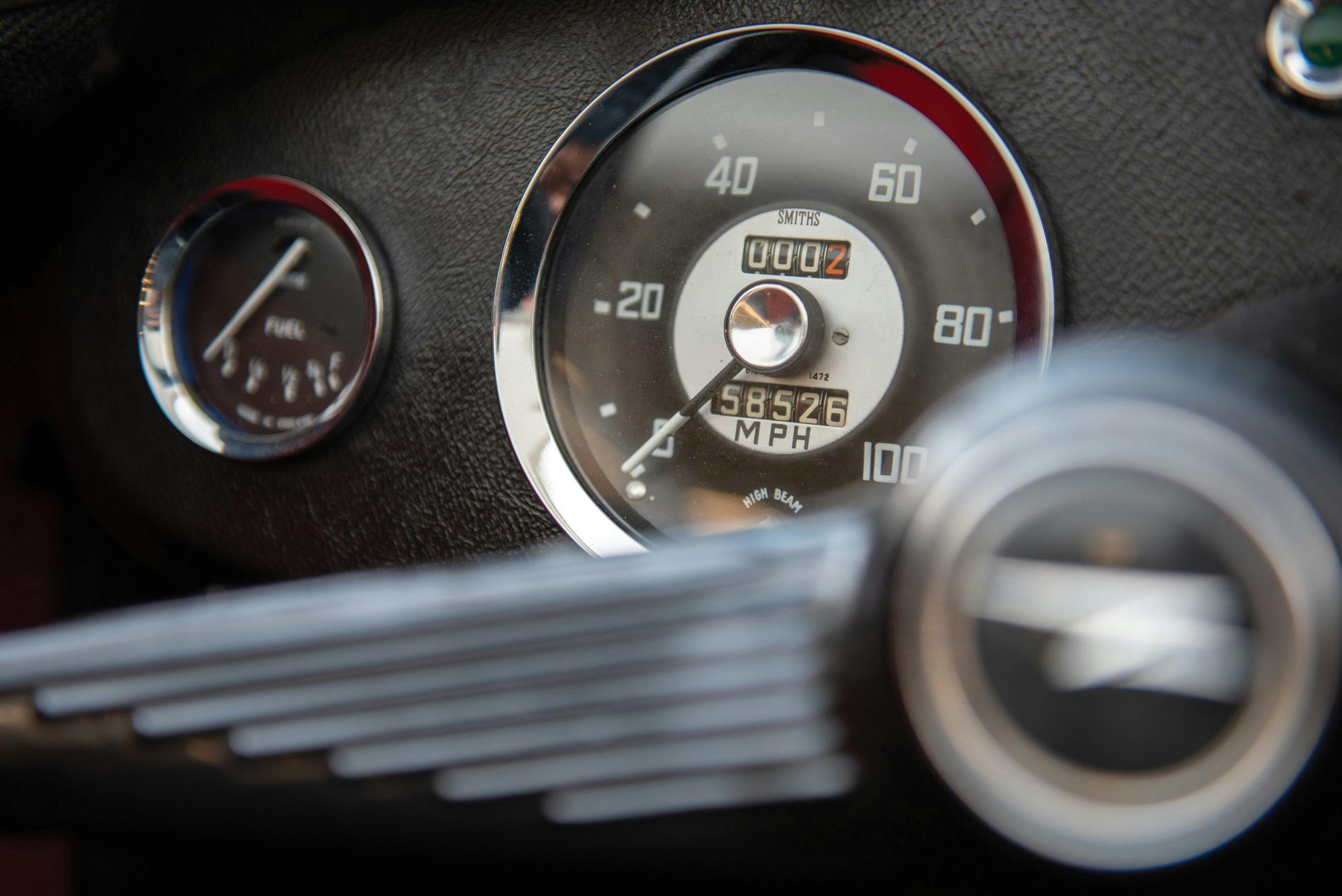
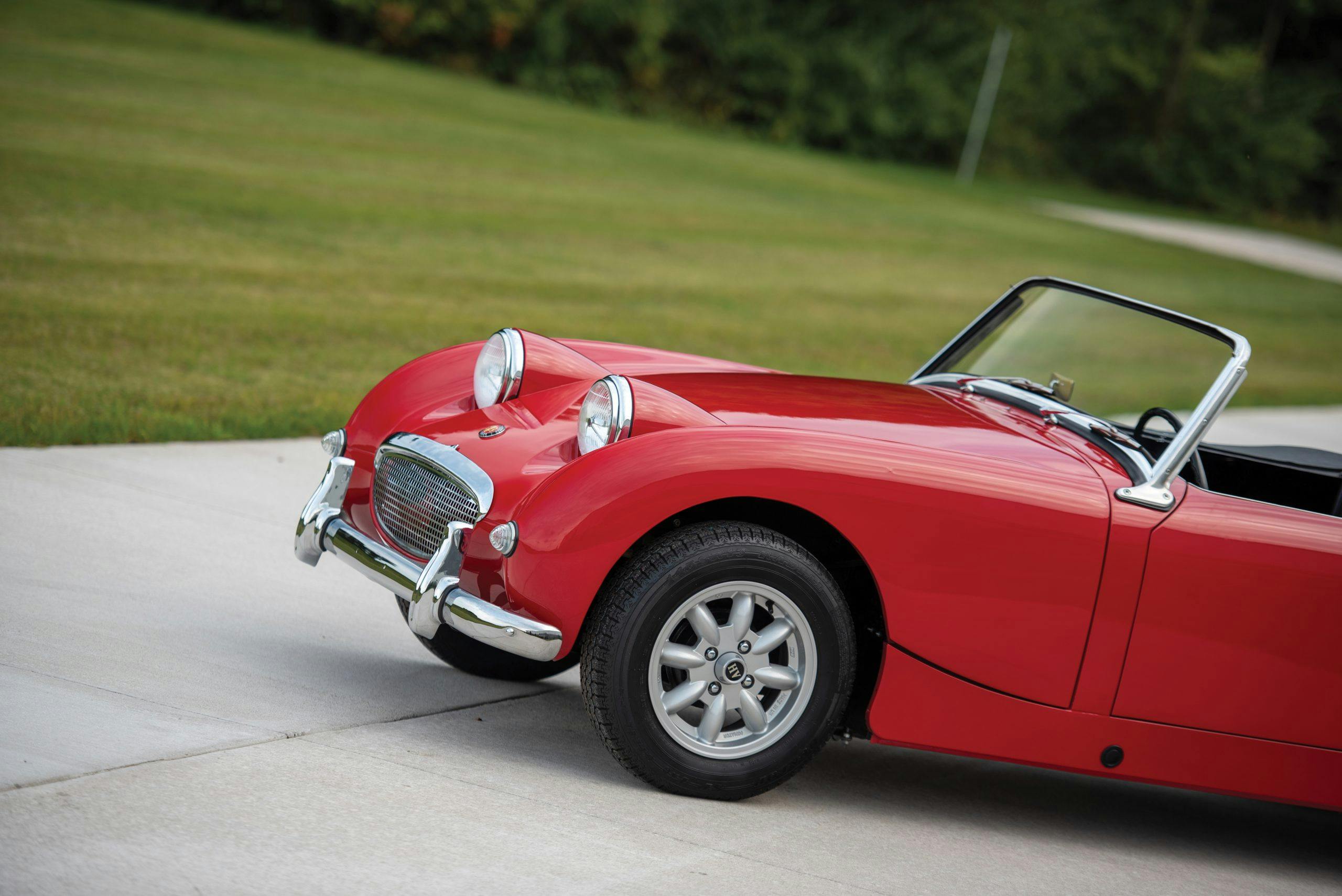
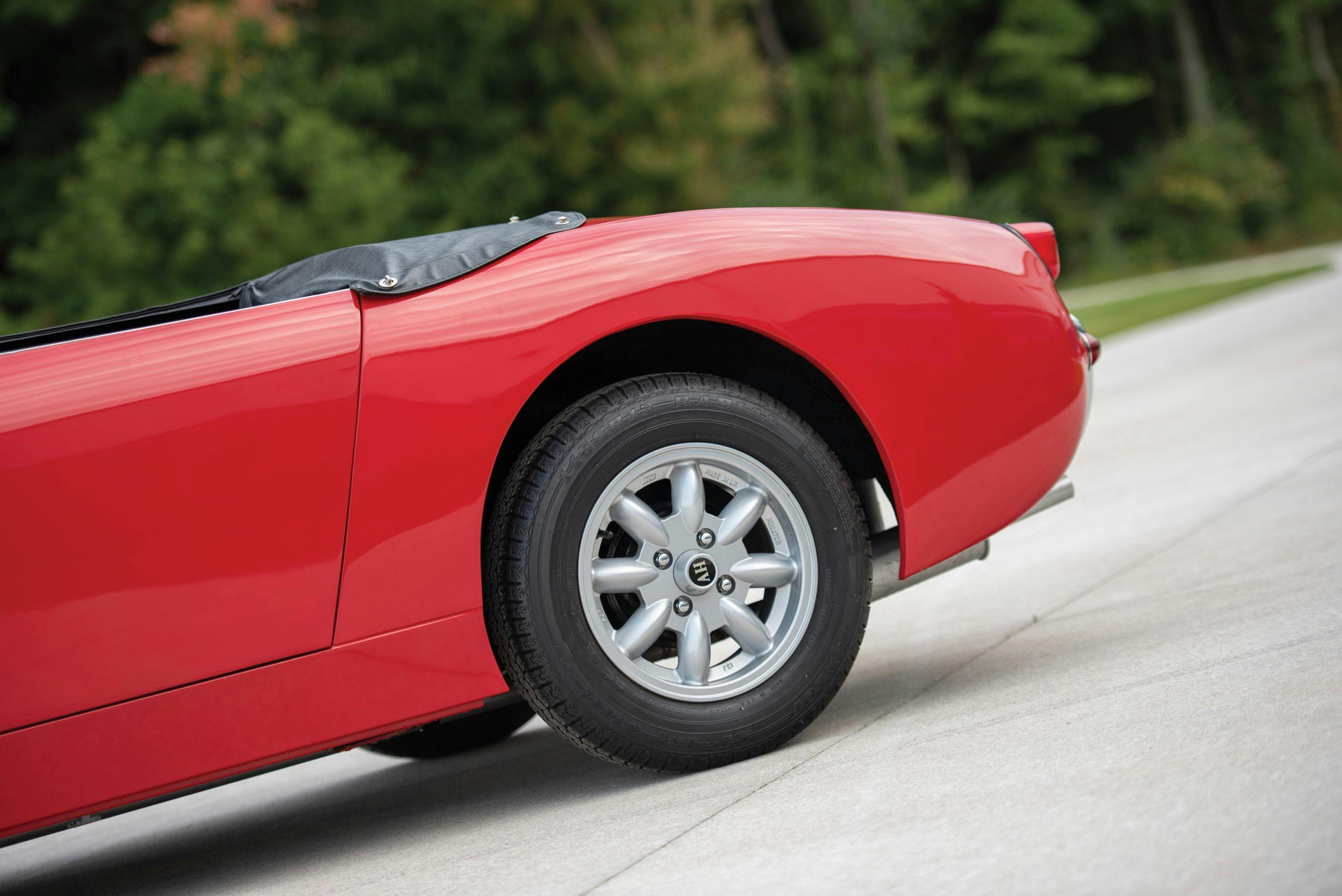
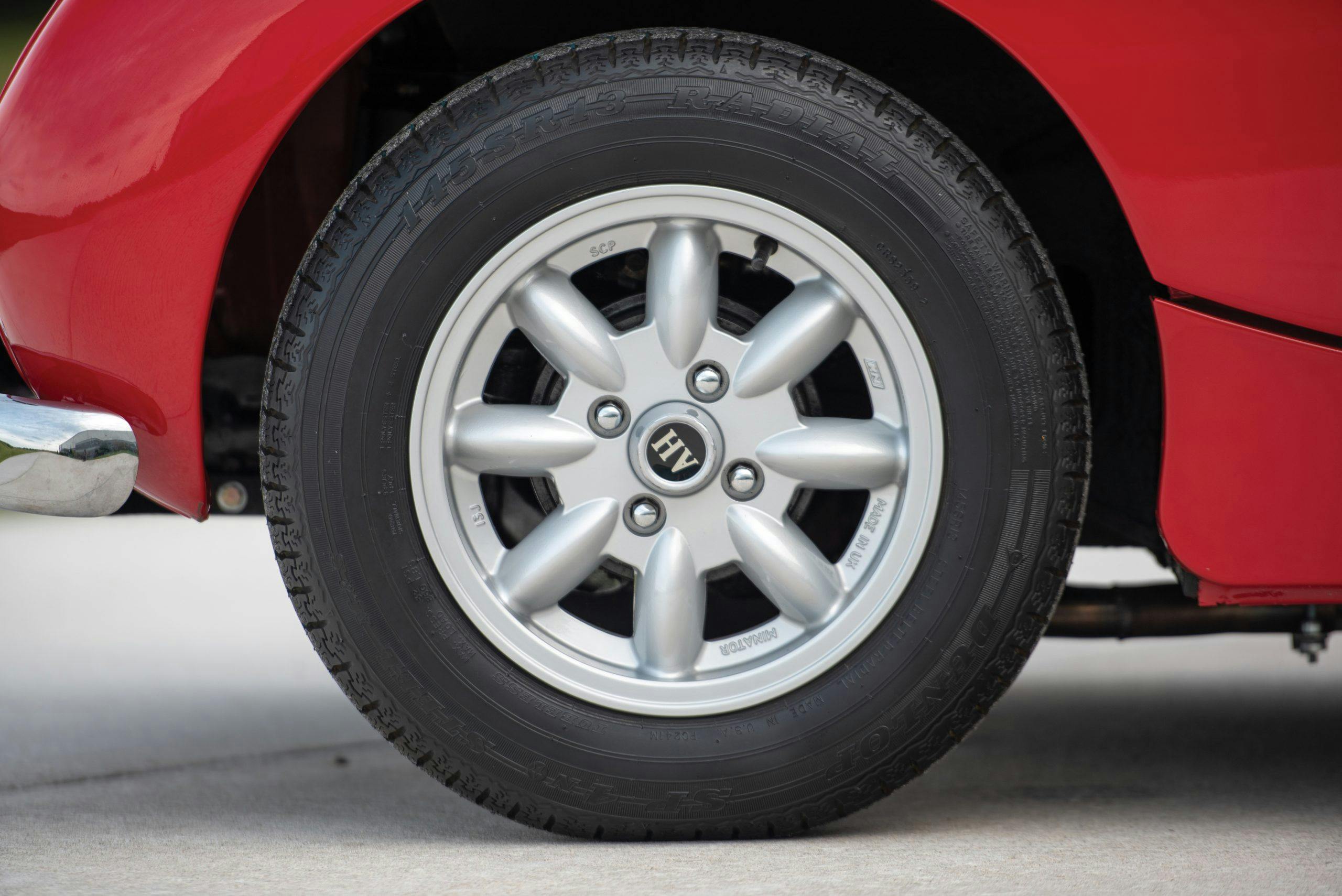


Is this still available? How can I purchase it?
Can I buy this car? IS – How
Is this still available? If so how can I purchase it?